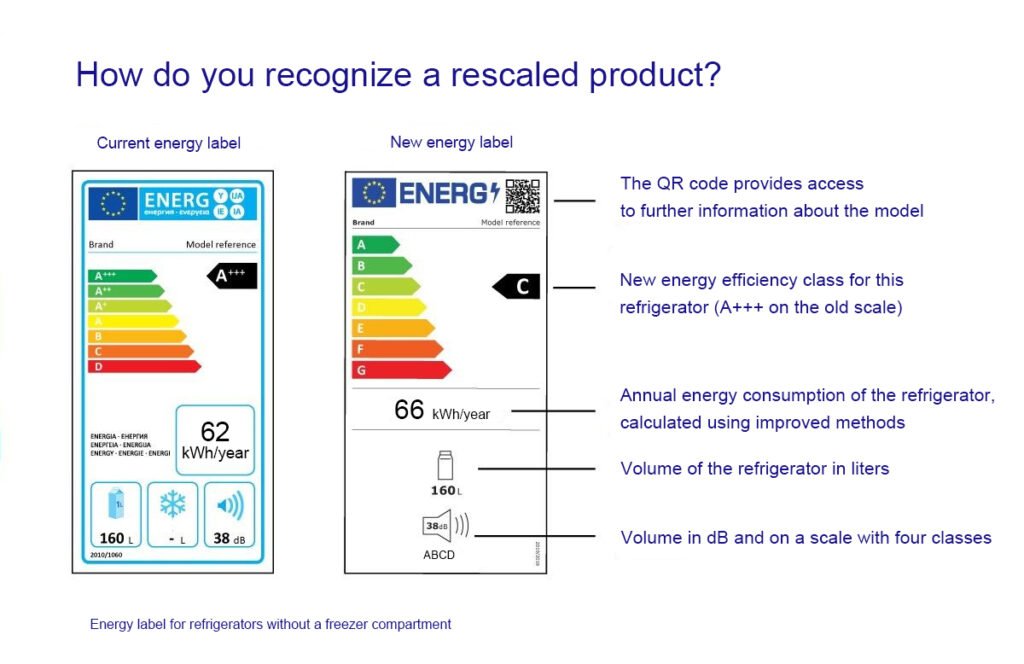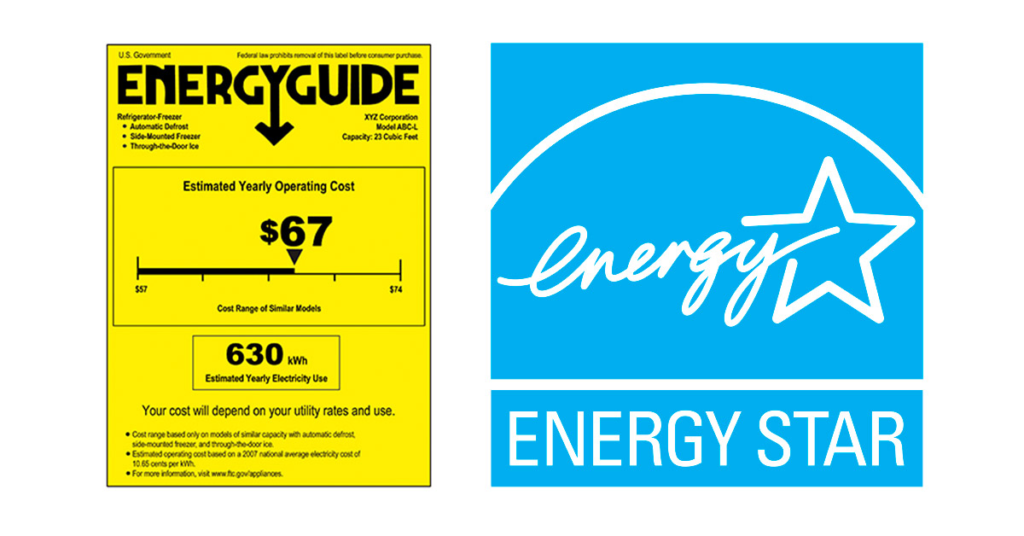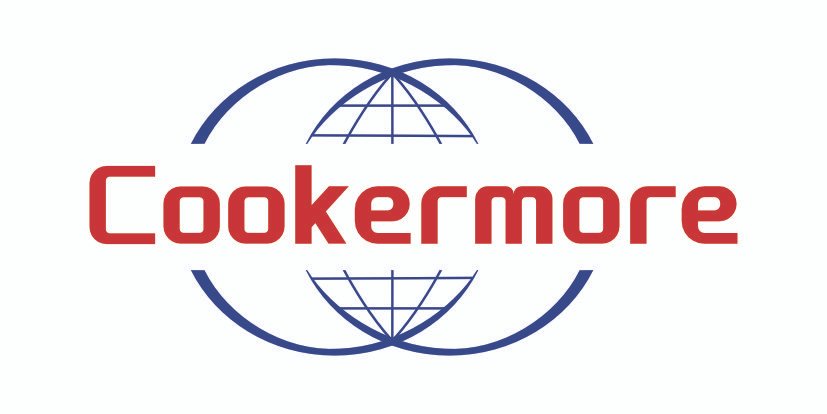Understanding the energy ratings and electricity consumption of home appliances is crucial for selecting energy-efficient devices. The energy efficiency of an appliance can be assessed in the following ways:
EnergyGuide Label: This yellow tag attached to most home appliances displays the energy usage and allows consumers to easily compare the energy use of similar products. The label includes an estimate of the yearly operating cost, annual electricity usage, key product features, the product model, and cost comparison with different models.

ENERGY STAR Certification: ENERGY STAR is a program run by the U.S. Environmental Protection Agency (EPA) to help save money and protect the environment through energy efficiency. Products need to meet specific energy efficiency requirements to earn ENERGY STAR certification. ENERGY STAR products include not only appliances like dishwashers and washing machines but also electronics and lighting.

Using an Electricity Usage Monitor: Electricity usage monitors are easy to use and can measure the electricity usage of any device running on 120 volts. They are particularly useful for determining the actual power consumption of appliances that do not run continuously, such as refrigerators.
Calculating Annual Electricity Consumption and Costs: Estimating the daily usage hours of an appliance, finding the wattage, and then calculating daily and annual kilowatt-hour (kWh) consumption, as well as the annual cost of operating the appliance, can help determine its energy efficiency and annual operating cost.
When purchasing home appliances, considering their energy efficiency rating and potential long-term energy savings is important. Although appliances with high energy efficiency may have a higher initial cost, they can save money in the long run through reduced energy bills. By carefully reading and understanding the EnergyGuide label and ENERGY STAR certification, you can make more informed decisions and choose energy-efficient appliances that suit your needs.







